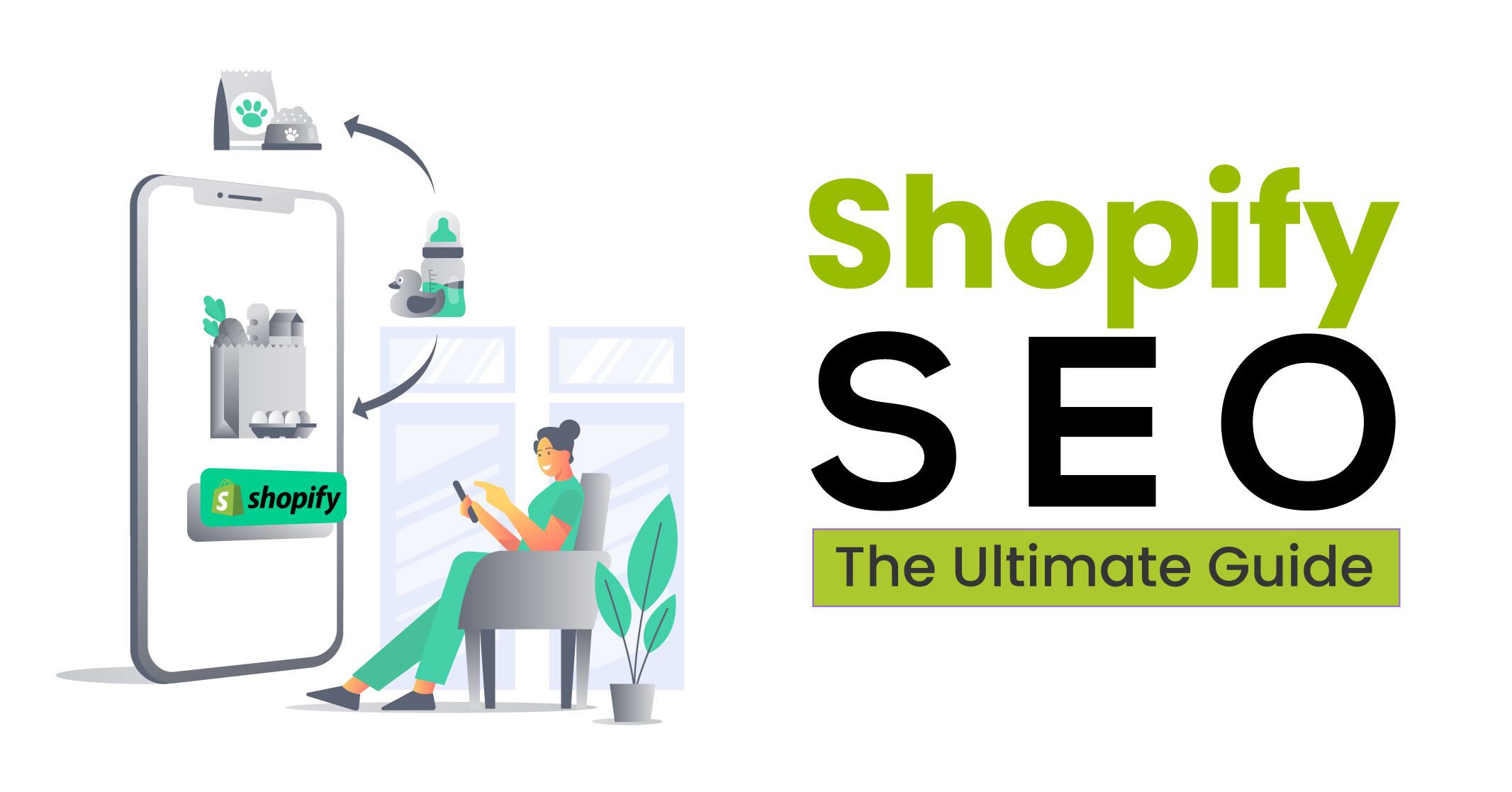I hope you enjoy reading this blog post.
If you want to get more traffic, Contact Us

Click Here - Free 30-Minute Strategy Session
Be quick! FREE spots are almost gone for this Month. Free Quote

Shopify offers a comprehensive platform for e-commerce businesses, but it has certain built-in restrictions that may impact store optimisation. Key limitations include customisation constraints due to proprietary themes and liquid coding, which can make advanced design changes challenging. The inability to fully customise the checkout page without Shopify Plus is another drawback, limiting branding opportunities. Additionally, reporting features are often basic and may require third-party apps for detailed analytics. There are product and variant limits, which can restrict scalability for larger catalogues. Store owners may find transaction fees with external payment gateways burdensome. Recognising these limits is crucial for advanced optimisation.
Mobile-first design prioritises the experience of users accessing a Shopify store from their smartphones or tablets. With most online traffic now originating from mobile devices, a mobile-first approach ensures seamless navigation, fast loading times, and easy interaction. Mobile-optimised layouts focus on simpler menus, larger buttons, and streamlined checkout processes, improving usability.

Click Here – Free 30-Minute Strategy Session
Be quick! FREE spots are almost gone for this Month
Responsive design plays a crucial role, adapting the store layout to various screen sizes without compromising functionality. Google also favours mobile-first websites, impacting search rankings directly. Retailers coming short in mobile optimisation risk losing opportunities to capture a majority of their audience effectively.
Improving page load speeds is essential for creating a seamless user experience and boosting store performance. Slow loading pages lead to higher bounce rates, reduced conversion rates, and lower customer satisfaction. To address this, store owners can optimise image sizes by compressing files without compromising quality, utilise lazy loading for images and videos, and leverage browser caching to store frequently accessed assets.
Additionally, minimising JavaScript, CSS files, and reducing DOM size can significantly enhance loading speed. The use of a Content Delivery Network (CDN) ensures faster global content accessibility. Regular performance audits can identify bottlenecks, enabling timely improvements.
Effective optimisation requires expanding beyond Shopify’s built-in SEO features to achieve better rankings and visibility. Leveraging advanced tactics such as keyword clustering, creating data-driven content, and utilising long-tail keywords can target niche audiences effectively.
For enhanced performance, store owners should consider the following strategies:
Continuous monitoring of site analytics can refine these efforts, ensuring measurable growth in organic traffic.
Expanding Shopify’s capabilities often requires integrating customised apps and third-party tools to address unique business needs. Tailored applications allow businesses to modify themes, automate tasks, or streamline order management. Third-party tools can enable advanced analytics, enhance SEO, or support multi-channel sales integration.
Additionally, app marketplaces provide a wealth of ready-to-install solutions, ranging from email marketing suites to inventory management systems. It is crucial to assess compatibility and ensure robust API connections for seamless operations. By leveraging these integrations, retailers can add functionality beyond native features, optimising both user experience and operational efficiency. Continual testing is recommended to avoid disruptions.
Content marketing can significantly enhance a Shopify store’s visibility, helping attract organic traffic through valuable and engaging information. The cornerstone of this strategy lies in producing high-quality content that aligns with the target audience’s interests and shopping behaviours.
Content is pivotal in nurturing trust, enhancing engagement, and guiding organic searches towards higher conversions.
A streamlined, user-friendly checkout process is critical for boosting conversion rates. The design should minimise friction and eliminate unnecessary steps. Providing multiple payment options, such as credit cards, PayPal, and local payment methods, ensures broader accessibility. Mobile responsiveness is equally vital, as a growing percentage of shoppers complete purchases using mobile devices.
Adding progress indicators creates transparency, helping shoppers understand where they are in the process. Optimisation efforts should also include autofill capabilities for billing and shipping information, saving time and reducing errors. Trust signals, like secure payment icons and return policies, encourage confidence, improving overall checkout performance.
Customising themes and templates allows businesses to create a distinct identity within a crowded marketplace. Shopify provides pre-designed themes, but users can modify layouts, fonts, colours, and images to better align with their brand voice and aesthetic. Visual consistency, including logo placement and colour schemes, reinforces brand recognition.
Customisation elevates credibility, captures visitors’ attention, and fosters loyalty, making every store experience unforgettable.
Businesses utilising Shopify can leverage advanced analytics tools to gain deeper insights into customer behaviour and optimise store performance. By analysing purchase patterns, bounce rates, and conversion funnels, businesses can identify bottlenecks and areas requiring refinement. Utilising customer segmentation allows targeted marketing strategies, improving engagement and retention rates.
Accessing third-party reporting solutions like Google Analytics or specialised Shopify plugins provides comprehensive dashboards for tracking key metrics. These tools enable real-time monitoring, empowering decision-makers to make adjustments as needed.
Moreover, predictive analytics is instrumental in forecasting trends, helping stores prepare inventory effectively. Integrating these insights ensures continuous improvement and a tailored shopping experience for users.
Expanding a Shopify store through multichannel integration allows businesses to reach customers wherever they shop. Connecting platforms like Amazon, eBay, Etsy, and social media channels ensures wider visibility and access to diverse audiences. The process includes syncing inventory, managing orders across platforms, and harmonising pricing strategies.
Key benefits include:
By using Shopify apps for seamless integration or APIs for custom setups, stores can scale effectively while maintaining brand consistency.
Providing exceptional customer support is a pivotal aspect of improving customer retention rates for Shopify stores. Ensuring timely, clear communication fosters trust and loyalty.
Effective support reduces churn rates, encourages repeat purchases, and builds brand advocacy, turning satisfied customers into loyal patrons. Customer care remains the cornerstone of driving continuous engagement.
A/B testing serves as a powerful method for refining a Shopify store’s performance by comparing two versions of a webpage or element to determine which performs better. This technique allows merchants to gather quantifiable data on customer behaviour, providing insights beyond mere assumptions.
Some elements to test include product copy, pricing structures, image layouts, and call-to-action buttons. By segmenting visitor traffic evenly between versions, store owners can measure engagement rates, conversion metrics, and overall effectiveness.
Regular testing ensures optimisation efforts remain dynamic and adapt to audience preferences. When combined with analytics tools, A/B testing contributes to smarter decision-making for long-term growth.
Influencer and affiliate marketing are pivotal in expanding a store’s reach and boosting sales. By leveraging influencers, brands tap into established audiences, fostering trust due to the influencer’s authority and relatability. Partnerships with affiliates offer performance-based benefits, as affiliates only earn commissions upon generating sales, ensuring cost-effective marketing.
Strategies include:
By blending these techniques, stores can create a scalable, business-aligned ecosystem, directly influencing purchasing decisions.
Streamlining workflows through automation enables online stores to manage increasing complexity without sacrificing efficiency. Shopify integrates with numerous automation tools, such as Zapier or Shopify Flow, allowing businesses to automate repetitive tasks like inventory updates, order fulfilment, and customer notifications. By reducing manual interventions, merchants can reallocate resources towards growth-focused activities.
Automation also enhances accuracy, reducing human errors in critical operations such as data entry or payment processing. Employing dynamic pricing algorithms and automated marketing campaigns further supports scalability. Brands can synchronise systems like CRM software or accounting platforms for seamless data exchange. Ultimately, these tools foster operational sustainability as businesses expand.

LEAVE A REPLY